Tips on how to water orchids correctly to raise healthy orchids
Cymbidium is a perennial herb of the genus Amaryllidaceae. The flowering time is during the Spring Festival of New Year's Day. Gentleman orchid has a high appreciation value, with the grace of a gentleman and delicate flowers. Magnolia is native to southern Africa and grows under big trees. The interval between watering magnolia should not be fixed into one. The interval should be considered as the environment changes. To judge whether it is time to water or not, here are a few tips:
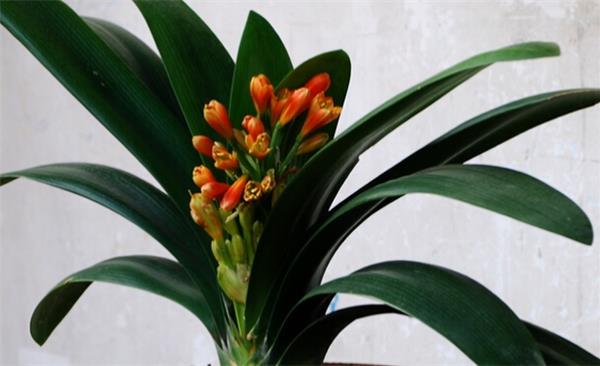
1. Knock
Tapping on the flowerpot's 1G, 2pm, 1ax, 3, the sound is clear that the water in the flower soil is not enough, so it needs watering. The dull sound shows that there is enough water and does not need watering.
2. OK
Feel the weight from the flowerpot at the front of the watering. Water it. After watering, pick up the flowerpot and feel the weight. After a long time, you will know if it is time to water the flowerpot as soon as you have some experience.
3. Exploration
Probing is the most direct way. The fingers probed into the flower soil in about 1 stroke and felt humidity in 3 places. If you are wet, you don't need watering. It's wet and ready to be watered. If there is still a little moisture, it's time to water it.
The orchid should be watered thoroughly, and it is best to use the "sitting basin" method to water the orchid at home. Is to put the flowerpot of the magnolia in the pot to water the flowerpot and save the water from the flowerpot for next time. In this way, the soil of watering flowers can be easily watered through, and the nutrients flowing out of the basin will not be wasted with the loss of water. When watering, we should also pay attention to the water not to pour into the leaf core, if accidentally water into the leaf core, you need to immediately use strong water absorption paper or cotton to absorb the water. So, what is the basis for watering magnolia?
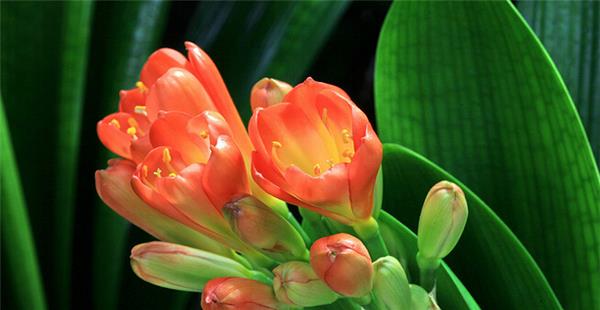
Different water management measures should be made according to various natural factors affecting orchid transpiration, such as humidity, temperature, light, wind, season, weather and so on.
1. It depends on the humidity
If the humidity in the air is low and the transpiration is strong, it is necessary to water more; on the contrary, the humidity in the air is high or even saturated, and transpiration almost stops, so it is necessary to water less or even without watering.
2. It depends on the temperature
When the temperature is high, the transpiration is accelerated, the water demand is large, and the watering times are increased accordingly; on the contrary, at the bottom of the temperature, the activity of water molecules is slow, the diffusivity is weak, and the water demand is less.
3. It depends on the light
Strong light transpiration speeds up, accelerates the diffusion of water molecules, and requires more water; on the contrary, less water is needed, so different light, different shading, and water management
4. It depends on the wind
When the wind is strong, the water evaporates quickly; when the wind is weak, the water evaporates slowly; the dry southwest wind will enhance evaporation, on the contrary, the moist southeast wind will cause the transpiration to be relatively weakened; the orchid basin located at the tuyere will evaporate quickly by the wind, while the water from the leeward will evaporate slowly.
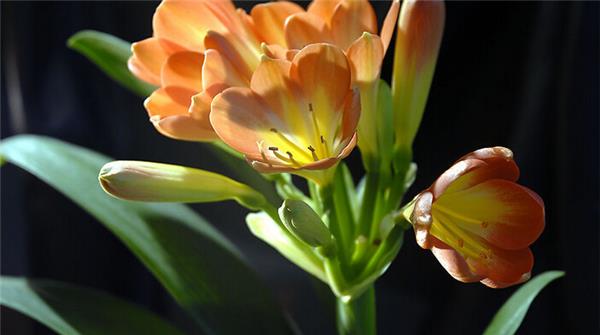
5. It depends on the season
Temperature, humidity and light are different in different seasons, and the transpiration of orchid plants is also very different. There is more watering in hot and dry summer; less or no watering in plum rainy season; no watering in cold and cold winter; less watering in early spring with lower temperature; more watering in late spring when the climate is mild; more watering in dry autumn.
6. Depends on the weather
The weather is changeable in nature, the light, temperature and humidity are different in different weather, and the transpiration of orchid plants is also different. The basic practice is: more watering in sunny days, less watering in cloudy days, no more watering in rainy days, and no watering in rainy (snow) days.
The cultivation of Cymbidium is relatively easy, first of all, we should select the basin soil, which can be placed indoors near the window, and master the fertilizer and water according to the temperature characteristics of various places. So, about the gentleman orchid how to raise?
How to raise a gentleman orchid 1. Shelter from the sun
In summer, the magnolia should be placed in an environment with good ventilation and no bright light. Gentleman orchid is a medium-light flower, suitable for the soft light of spring and autumn, not suitable for hot sun exposure. In summer, it is best to put the potted plants under the shade shed, and the sun penetrates through the cracks in the shade shed, so that the plants can receive weaker light. It is ideal to place it in a place where direct sunlight can be shielded from direct sunlight at noon and can be seen sooner or later. Generally speaking, summer shading should reach more than 60% and 70%.
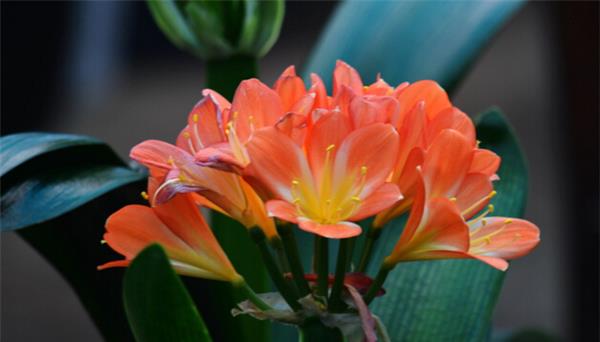
How to raise the magnolia 2. Cooling and humidifying
Put the magnolia in a ventilated place in summer. If the ambient temperature is above 35 ℃, the water in the soil evaporates too fast, which will make the water and nutrients of Cymbidium fall short of demand. Therefore, it is best to put the Magnolia basin on the pool or basin (with a wooden board), and often spray water around the plant and on the leaves, so as to improve the warm and humid environment of the orchid, so that it can grow in a small environment with a humidity of less than 25 ℃ and a humidity of 60% Rue 70%, in order to safely spend the summer and promote the growth of the orchid in summer.
How to raise a gentleman's orchid 3. Appropriate watering
The magnolia is native to the primeval forest of South Africa, which makes it form the particularity of morphology and physiological function. Cymbidium has broad leaves and tender texture, which requires high soil water content and high air humidity. In the hot summer, the orchid grows slowly, the root system absorbs less water, but the foliar water evaporation is very large. Therefore, the gentleman orchid can not lack of water, otherwise the fleshy root shrinks, the leaf shape is thin and dull. When watering, we should adhere to the principle of watering half dry and watering thoroughly. But you can't water the topsoil as soon as it's dry. Otherwise, the potted soil is in a moist state for a long time, and it is easy to rot roots and yellow leaves. When watering, you must be careful not to let the water flow into the heart of the leaves, so as not to cause rotten heart disease and lead to "beheading".
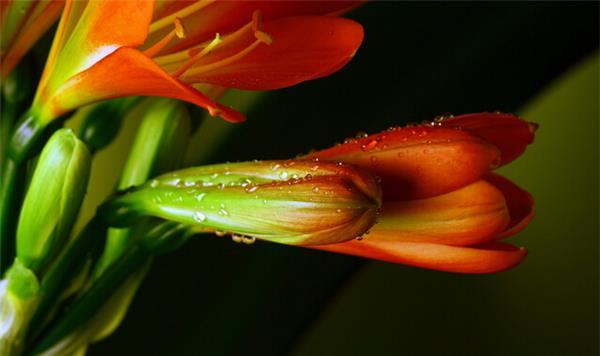
How to raise Magnolia 4. Control fertilization
The summer temperature is high, the gentleman orchid is in the semi-dormant or dormant state, therefore, it is necessary to control fertilization, apply little or not as much as possible. Because its root absorptive capacity is weak in this period, if fertilizing or fertilizing a little more, fertilizer accumulates around the root system for a long time, which is easy to cause rotting root and rotting stem. But during this period, if the temperature of the growing environment of Cymbidium is below 25 ℃, some dilute liquid fertilizer can be applied properly to promote its growth and shorten its dormancy period; if the temperature drops below 20 ℃ and the humidity meets the requirements, fertilizer can be applied as usual.
The above is the basic experience about watering accumulated by the orchid predecessors in the practice of orchid cultivation, which is worth using for reference. However, there is no definite "method" for watering orchid, and only through personal practice and gradually accumulating experience can it be integrated and applied freely. I hope the editor's article can help you all.
And often spray water around the plant and leaves to improve the warm and humid environment of Cymbidium, so that it can grow in a small environment with a humidity of less than 25 ℃ and a humidity of 60% Rue 70%, in order to safely spend the summer and promote the growth of Cymbidium in summer.
How to raise a gentleman's orchid 3. Appropriate watering
The magnolia is native to the primeval forest of South Africa, which makes it form the particularity of morphology and physiological function. Cymbidium has broad leaves and tender texture, which requires high soil water content and high air humidity. In the hot summer, the orchid grows slowly, the root system absorbs less water, but the foliar water evaporation is very large. Therefore, the gentleman orchid can not lack of water, otherwise the fleshy root shrinks, the leaf shape is thin and dull. When watering, we should adhere to the principle of watering half dry and watering thoroughly. But you can't water the topsoil as soon as it's dry. Otherwise, the potted soil is in a moist state for a long time, and it is easy to rot roots and yellow leaves. When watering, you must be careful not to let the water flow into the heart of the leaves, so as not to cause rotten heart disease and lead to "beheading".

How to raise Magnolia 4. Control fertilization
The summer temperature is high, the gentleman orchid is in the semi-dormant or dormant state, therefore, it is necessary to control fertilization, apply little or not as much as possible. Because its root absorptive capacity is weak in this period, if fertilizing or fertilizing a little more, fertilizer accumulates around the root system for a long time, which is easy to cause rotting root and rotting stem. But during this period, if the temperature of the growing environment of Cymbidium is below 25 ℃, some dilute liquid fertilizer can be applied properly to promote its growth and shorten its dormancy period; if the temperature drops below 20 ℃ and the humidity meets the requirements, fertilizer can be applied as usual.
The above is the basic experience about watering accumulated by the orchid predecessors in the practice of orchid cultivation, which is worth using for reference. However, there is no definite "method" for watering orchid, and only through personal practice and gradually accumulating experience can it be integrated and applied freely. I hope the editor's article can help you all.
Related
- Wuhan Hospital Iron Tree Blooming Result Was Instantly Frightened by the Gardener Master
- Which variety of camellia is the most fragrant and best? Which one do you like best?
- What is the small blue coat, the breeding methods and matters needing attention of the succulent plant
- Dormancy time and maintenance management of succulent plants during dormancy
- Minas succulent how to raise, Minas succulent plant pictures
- What are the varieties of winter succulent plants
- How to raise succulent plants in twelve rolls? let's take a look at some experience of breeding twelve rolls.
- Attention should be paid to water control for succulent plants during dormant period (winter and summer)
- Watering experience of twelve rolls of succulent plants
- Techniques for fertilizing succulent plants. An article will let you know how to fertilize succulent plants.



